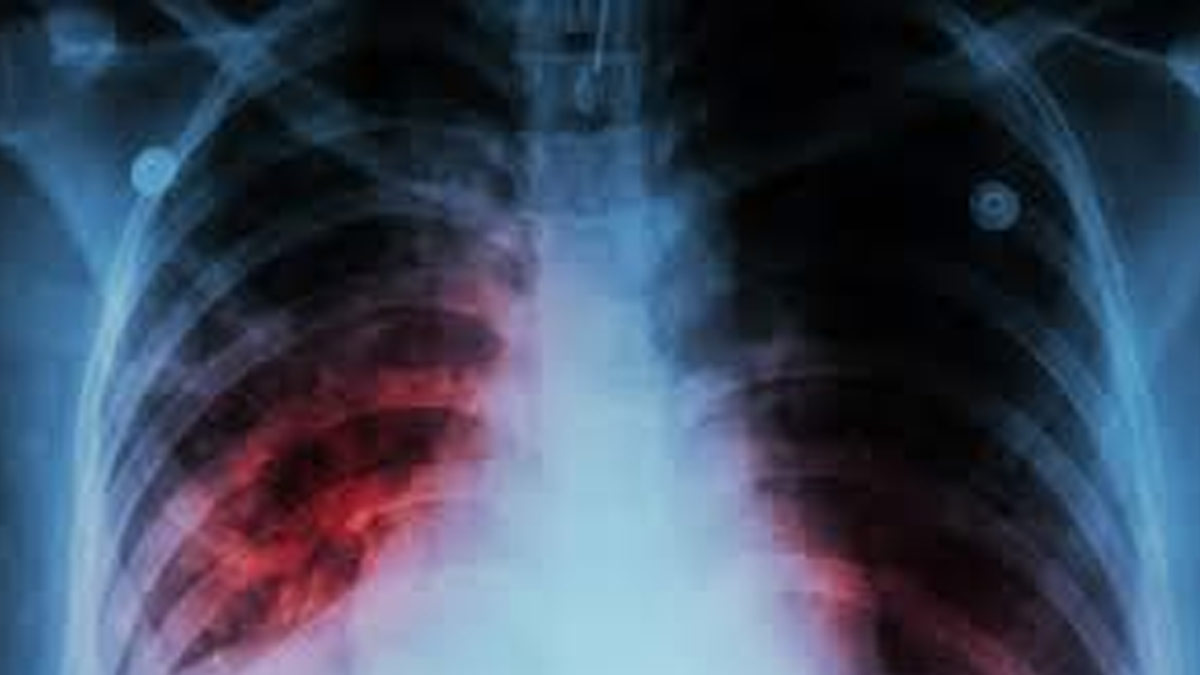
In response to a concerning surge in tuberculosis cases, the City Council of Long Beach, California, recently declared a public health emergency. This declaration comes as a proactive measure to address a localised outbreak of tuberculosis that has gripped the community. The outbreak, which emerged within a single-room occupancy hotel, has raised significant alarm within the city's health department.
Table of Content:-
The gravity of the situation is underscored by the fact that 14 cases of tuberculosis have been detected, with nine patients requiring hospitalisation and tragically, one death reported. Additionally, approximately 175 individuals have been exposed to tuberculosis, amplifying the urgency of the situation.
Factors Contributing to the Outbreak
The population affected by this outbreak faces numerous challenges, including homelessness, housing insecurity, mental illness, substance use disorders, and serious medical comorbidities. These barriers to care have significantly complicated efforts to contain the spread of tuberculosis within the community.
Rising Tuberculosis Cases Nationally
The outbreak in Long Beach mirrors a concerning trend of increasing tuberculosis cases across the United States. After experiencing a decline for 27 years, tuberculosis infections surged in 2020, recording a 16% increase compared to the previous year. This resurgence has raised questions about the efficacy of current public health interventions and the need for heightened vigilance in tuberculosis surveillance and management.

Addressing the Emergency
In response to the public health emergency, the Long Beach Health Department is mobilising resources to facilitate tuberculosis screening, treatment, and containment efforts. The declaration is expected to streamline resource allocation, enabling the health department to deploy internal resources effectively where they are most needed.
Tuberculosis Symptoms: An Overview
As per Dr Ashok Tiwari, Head Pulmonologist in Ivory Hospital, Greater Noida, tuberculosis primarily affects the lungs but can manifest in various forms, making its diagnosis challenging without a keen understanding of its symptoms. Recognising the signs of TB infection, whether latent or active, is crucial for individuals and healthcare providers alike.
Also Read: Kim Kardashian’s Met Gala Extreme Corseting Raises Health Concerns; Here’s How It Can Harm You
Primary TB Infection: The Silent Phase
The initial stage of TB infection, known as the primary infection, often passes unnoticed by individuals. Immune system cells diligently attempt to contain the TB bacteria, sometimes successfully eliminating them. However, in cases where the bacteria survive and multiply, symptoms may include mild flu-like manifestations like fatigue, cough and low grade fever.
Latent TB Infection: A Stealthy Presence
Following the primary infection, some individuals enter a stage of latent TB infection, where the immune system encapsulates the bacteria, preventing active disease development. This latent phase is often asymptomatic, with individuals unaware of the presence of TB bacteria in their bodies. Despite the absence of symptoms, latent TB infection carries the risk of progressing to active disease if left untreated.
Active TB Disease: Unveiling the Symptoms
Active TB disease occurs when the immune system fails to contain the TB bacteria, allowing them to proliferate and cause clinical symptoms. The onset of active TB disease can be insidious, with symptoms gradually worsening over weeks or months. Common manifestations of active TB disease in the lungs include:
- Persistent cough lasting three weeks or longer
- Coughing up blood or thick, discoloured phlegm
- Chest pain, particularly during breathing or coughing
- Fever, often accompanied by chills and night sweats
- Unexplained weight loss
- Loss of appetite
- Fatigue and general malaise
Extrapulmonary TB: Beyond the Lungs
While pulmonary TB is the most common form, TB bacteria can spread to other parts of the body, leading to extrapulmonary TB. Symptoms of extrapulmonary TB vary depending on the affected organ but may include:
- Fever
- Night sweats
- Weight loss
- Fatigue
- Localised pain or swelling
- Specific symptoms related to the affected organ (e.g., urinary symptoms in renal TB)
Bottomline
The tuberculosis outbreak in Long Beach, California, underscores the complex interplay of socioeconomic factors, public health challenges, and the urgent need for robust interventions to mitigate the spread of infectious diseases. By raising awareness of tuberculosis symptoms and risk factors, communities can empower individuals to seek timely medical attention and support public health initiatives aimed at curbing the transmission of this debilitating disease.
Also watch this video
How we keep this article up to date:
We work with experts and keep a close eye on the latest in health and wellness. Whenever there is a new research or helpful information, we update our articles with accurate and useful advice.
Current Version
